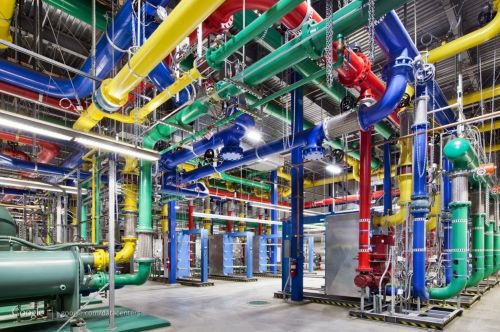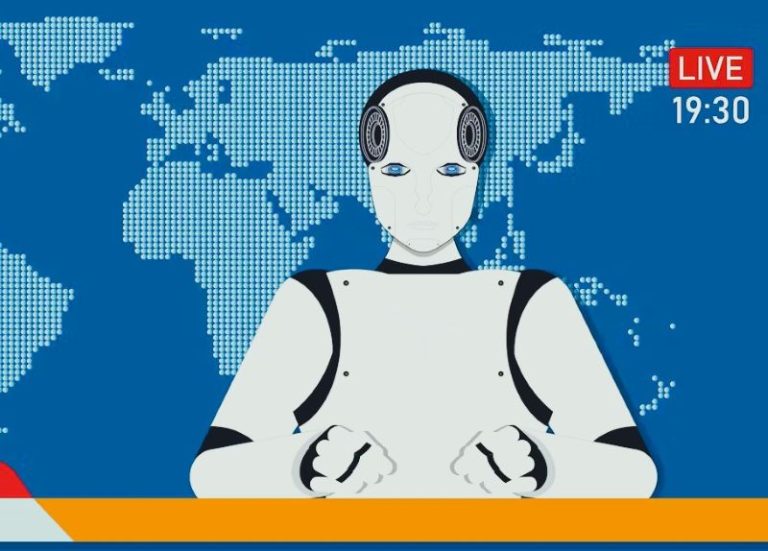

There is no doubt that artificial intelligence will continue to advance, and there is equally little doubt that its environmental toll will grow with it.

By Matthew A. McIntosh
Public Historian
Brewminate
A Rare Window into AI’s Energy Appetite
For years, the energy cost of artificial intelligence has been an open secret. Researchers spoke of enormous data centers humming with power, but companies rarely translated that into numbers an ordinary user could grasp. Last week, Google broke that silence, offering a figure almost mundane in its simplicity: a single Gemini text prompt consumes energy equivalent to less than nine seconds of television viewing and emits about 0.03 grams of carbon dioxide.
The choice to release these metrics was deliberate. By couching AI’s footprint in the familiar language of household devices, Google attempted to make the invisible feel manageable. A prompt, the company seemed to suggest, is less harmful than leaving the living room light on a moment too long.
Numbers in Context
There is truth in that comparison, but also a sleight of hand. The numbers, while technically accurate, apply only to lightweight tasks such as generating text. They exclude the heavy computational loads of training the model itself, a process that can consume millions of kilowatt-hours and emit thousands of tons of carbon dioxide. They also leave out image and video generation, where the energy draw multiplies dramatically.
This selective framing invites a more complicated reckoning. If billions of queries are made each day, even small per-prompt emissions aggregate into meaningful totals. And those totals sit on top of the massive sunk cost of training cycles. Transparency in one domain risks obscuring opacity in another.
Cleaner Grids and Software Optimizations
To its credit, Google reports that efficiency is improving. Advances in hardware, as well as cleaner regional grids, have lowered the per-prompt footprint over the last year. The trend line matters. Data centers in Oregon or Finland, powered increasingly by renewables, tell a different story than those in fossil-fuel-heavy grids.
Software refinements matter too. Smarter scheduling, better cooling systems, and algorithmic efficiency all reduce waste. These details, however, often disappear behind a public narrative that celebrates the progress while leaving the baseline unclear. What counts as improvement when the denominator remains concealed?
Climate Change Outside the Server Farm
The timing of Google’s disclosure feels almost theatrical. On the same day headlines turned to the U.S. Gulf Coast, where analysts now project $32 billion in annual property damage from climate-related flooding by 2050, Google reminded us of its own climate sensitivity. The juxtaposition is striking. Rising seas threaten neighborhoods, schools, and cultural landmarks, while a cloud-based empire insists its individual prompts are harmless.
It is not that these two realities are directly comparable. But the contrast forces a recognition: technology firms operate within the same planetary limits as coastal communities. The energy drawn to keep AI alive is part of the same equation that shapes hurricanes, tides, and rising insurance rates.
The Larger Question of Scale
What should we make of the “nine seconds of TV” comparison? It is persuasive as an analogy but disarming in its omissions. Few users imagine the scale of queries that platforms like Google process in a single hour, let alone a day. Multiplying 0.03 grams of carbon dioxide by billions of daily interactions paints a different picture than the tidy household metaphor suggests.
Then there is the hidden energy of training. One widely cited study estimated that training a large AI model can produce emissions equivalent to five cars over their entire lifetimes. Such figures do not appear in Google’s disclosure, though they represent the true foundation of AI’s existence.
The danger lies not in the absence of honesty but in its incompleteness. Transparency, when partial, risks becoming its own form of opacity.
Between Optimism and Accountability
There is no doubt that AI will continue to advance, and there is equally little doubt that its environmental toll will grow with it. Companies like Google frame the story as one of efficiency, innovation, and decarbonization through cleaner grids. That narrative has merit, but it is not the whole picture.
The deeper question is whether society can reconcile enthusiasm for ubiquitous AI with the urgency of climate limits. Every prompt carries a shadow, just as every coastal storm leaves a scar. Both remind us that progress is not without consequence, and both demand choices that are as moral as they are technical. The cloud may be weightless to the user, but its shadow is heavy on the ground.
Originally published by Brewminate, 08.27.2025, under the terms of a Creative Commons Attribution-NonCommercial-NoDerivatives 4.0 International license.


